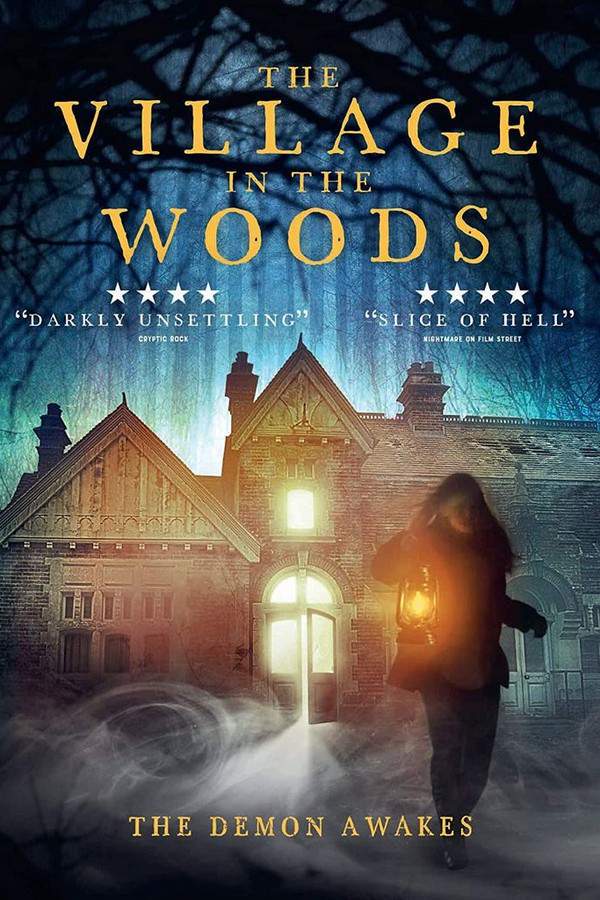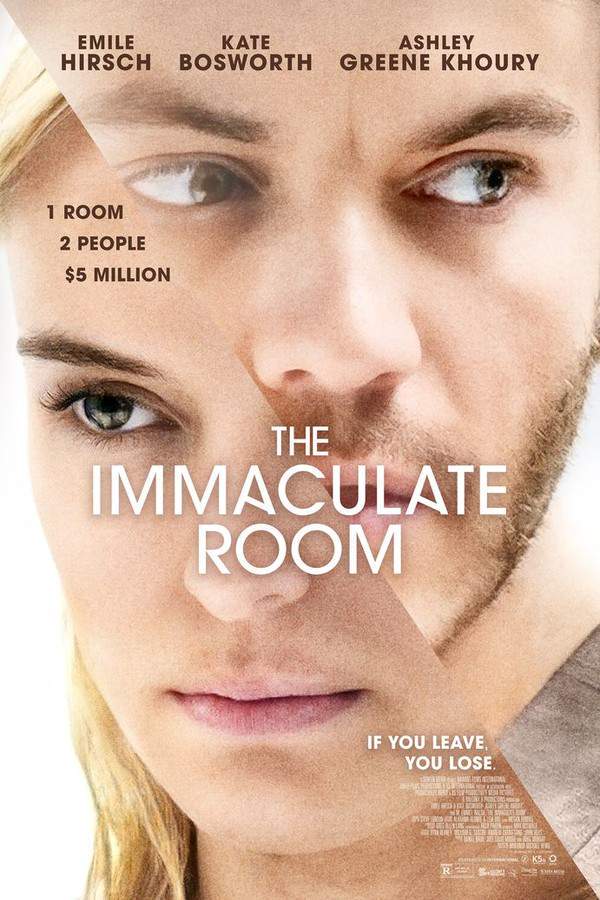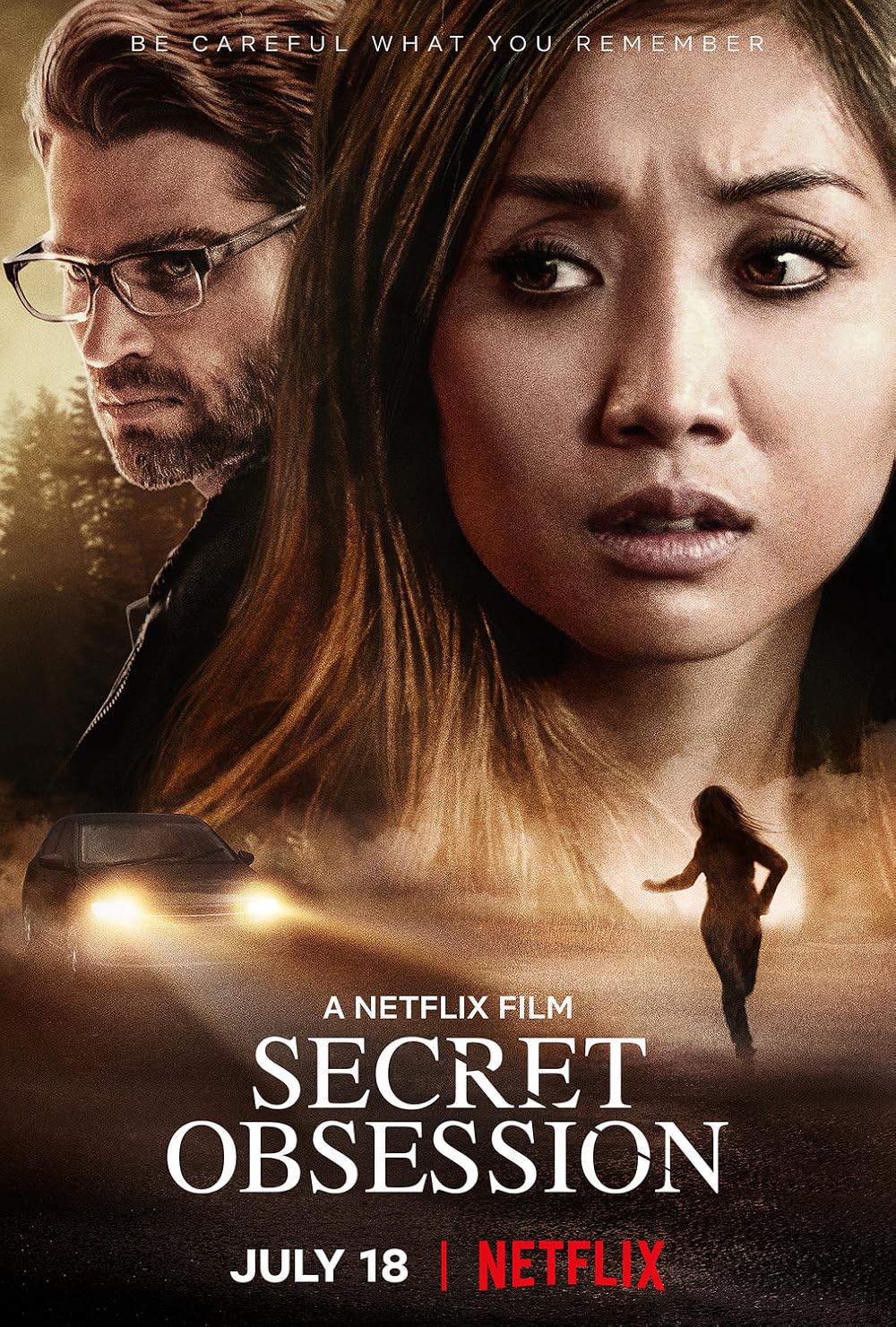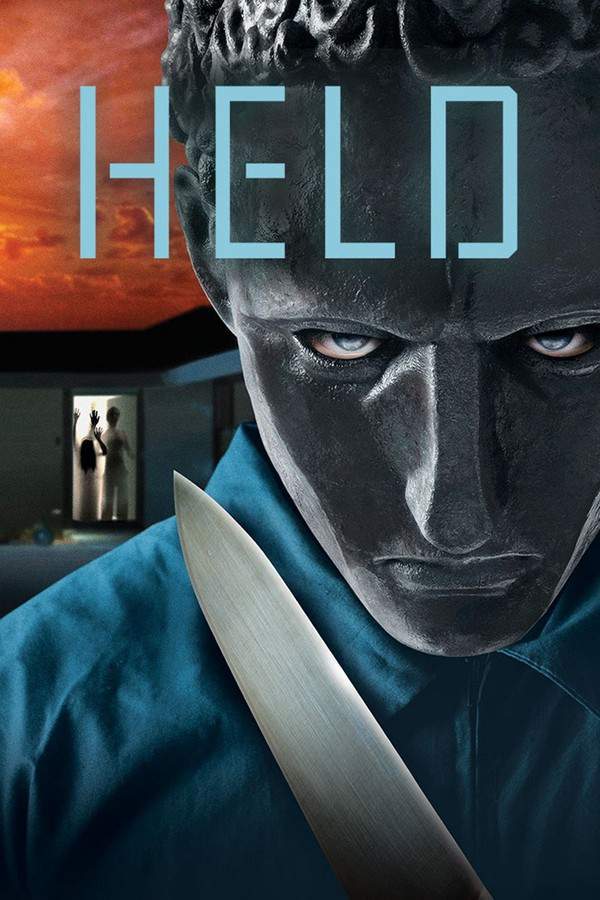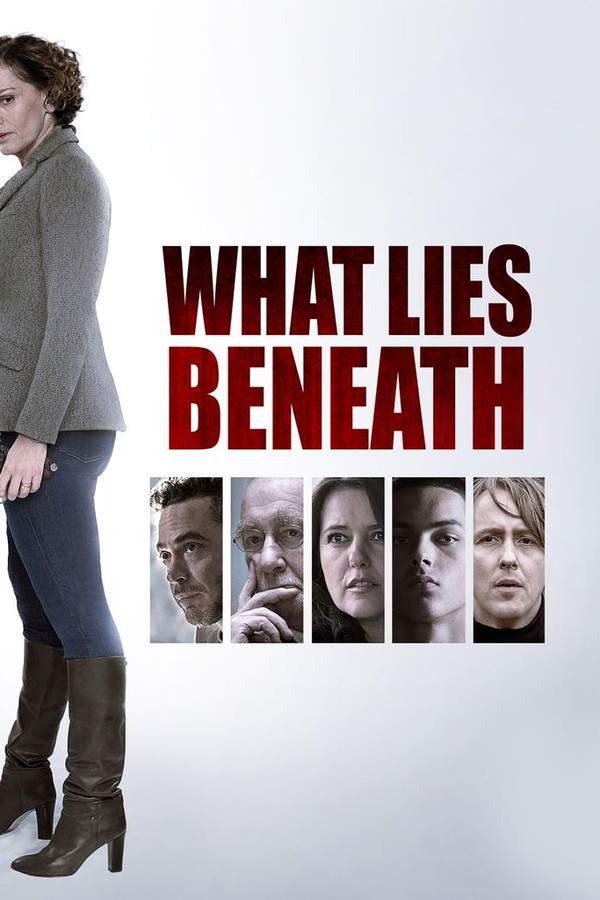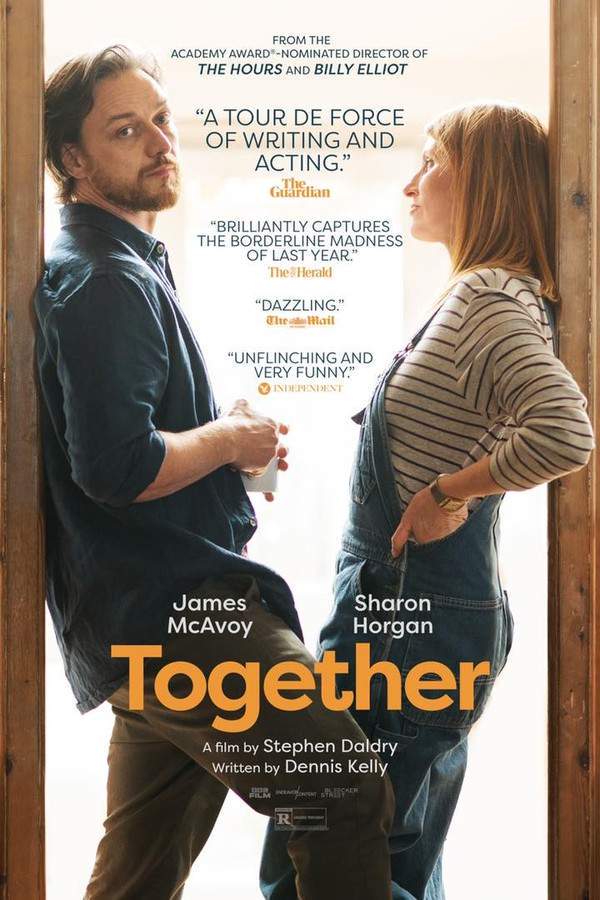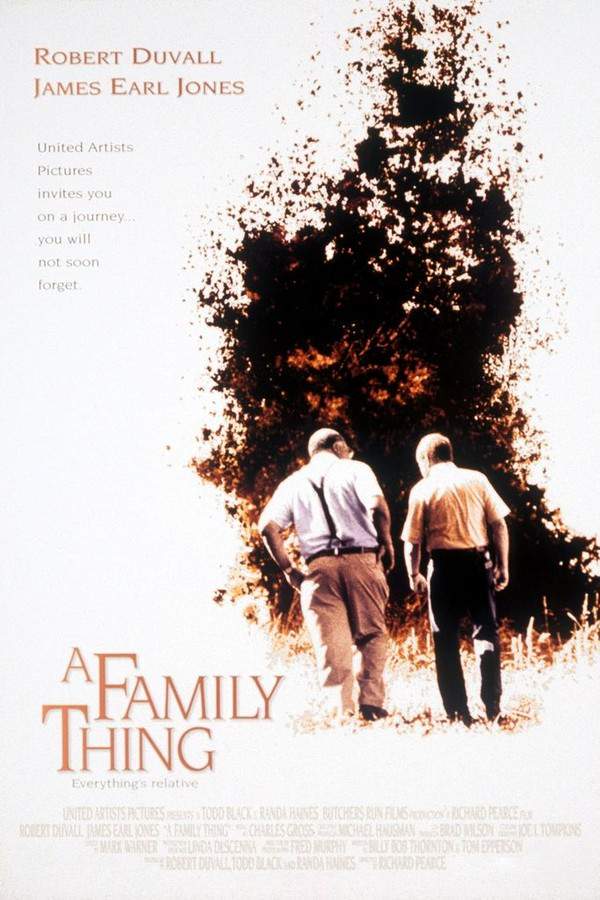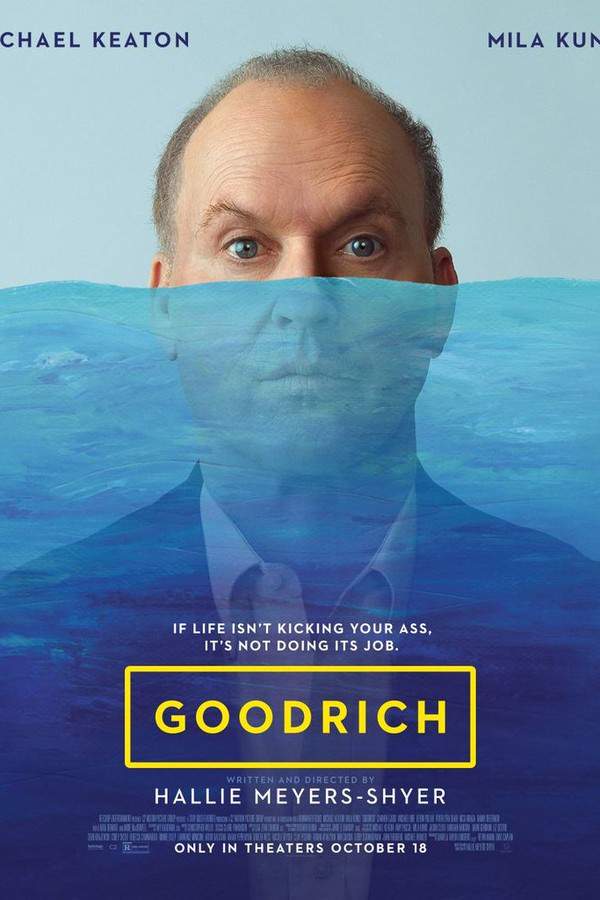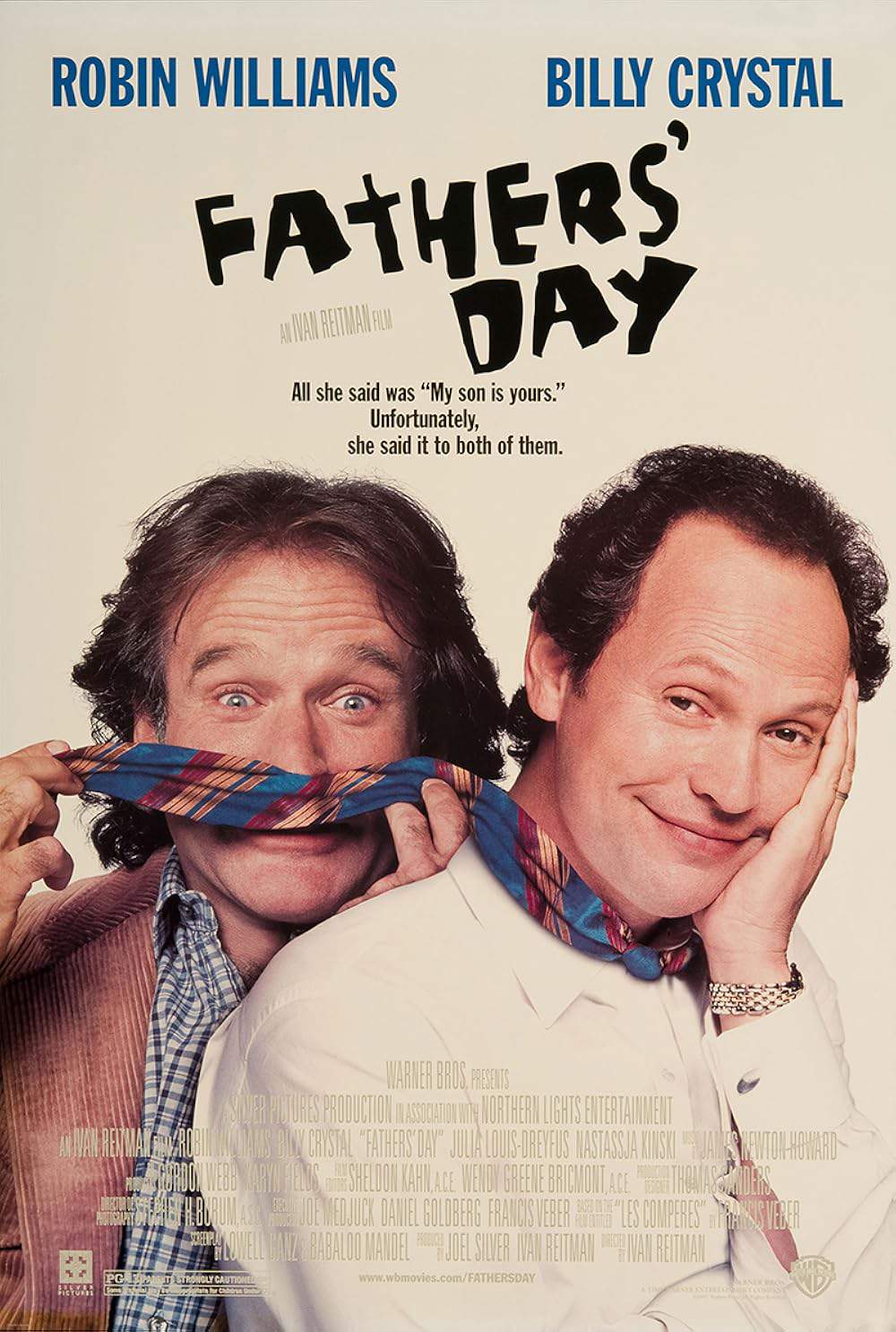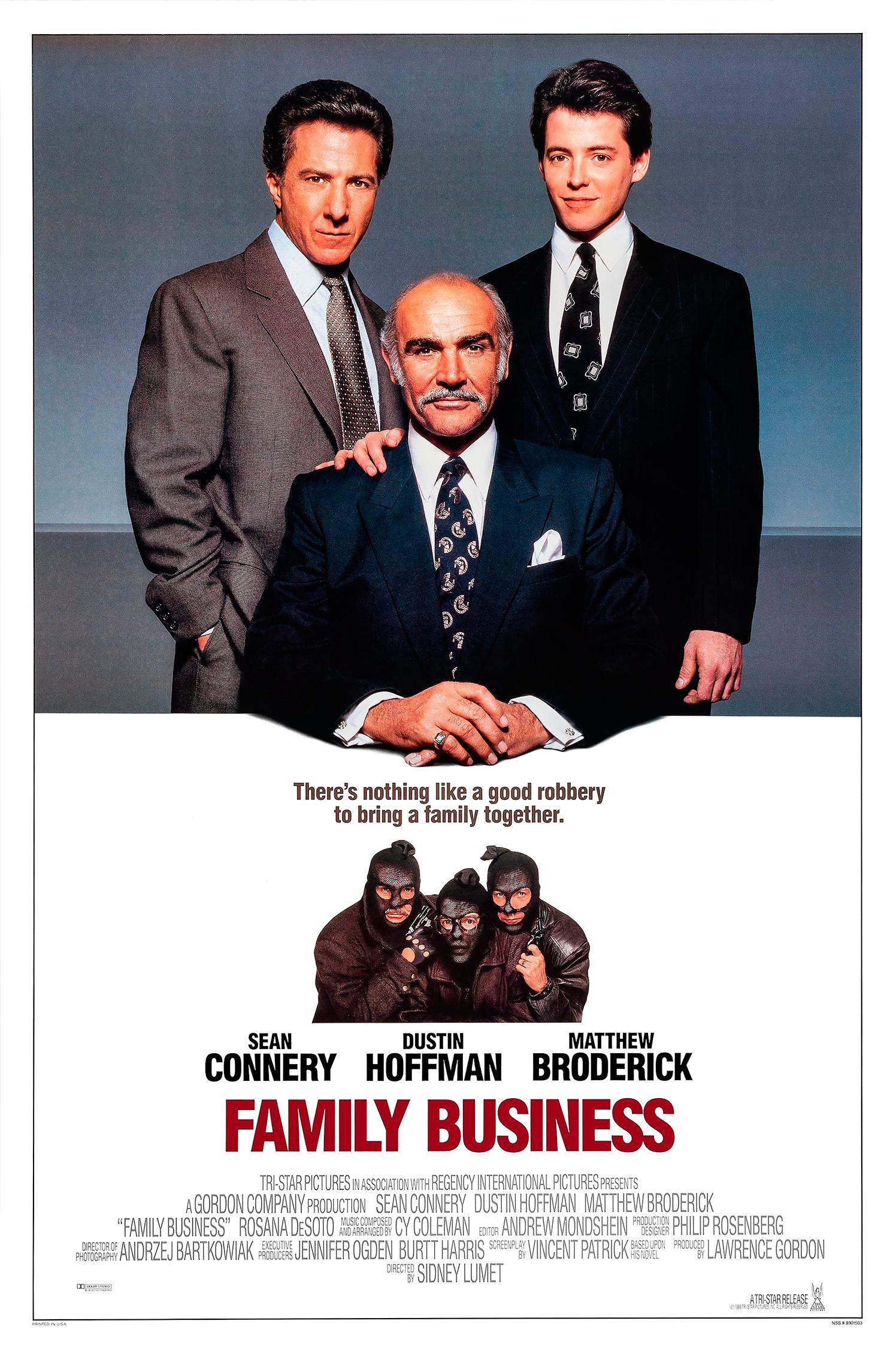
The Village Album
Year: 2004
Runtime: 111 mins
Language: Japanese
Director: Mitsuhiro Mihara
Budget: $60M
Hanatani Village in Tokushima’s valley will be flooded by dam. To preserve the community’s memory, villagers photograph every family. Kenichi, the only photographer, leads the project and asks his son Takashi, an aspiring photographer, to help. Although distant, Takashi’s work with each household shows his father’s devotion and repairs their strained bond.
Warning: spoilers below!
Haven’t seen The Village Album yet? This summary contains major spoilers. Bookmark the page, watch the movie, and come back for the full breakdown. If you're ready, scroll on and relive the story!
Timeline – The Village Album (2004)
Trace every key event in The Village Album (2004) with our detailed, chronological timeline. Perfect for unpacking nonlinear stories, spotting hidden connections, and understanding how each scene builds toward the film’s climax. Whether you're revisiting or decoding for the first time, this timeline gives you the full picture.
Last Updated: October 09, 2025 at 15:15
Explore Movie Threads
Discover curated groups of movies connected by mood, themes, and story style. Browse collections built around emotion, atmosphere, and narrative focus to easily find films that match what you feel like watching right now.
Movies about hidden truths in closed communities like The Village Album
Stories where isolated societies are controlled by hidden truths and manufactured fears.If you liked the tense and claustrophobic atmosphere of The Village Album, explore these similar stories. This thread features movies about isolated societies, utopian experiments gone wrong, and communities where secrets and lies are used as tools of control, echoing the same unsettling and reflective mood.
Narrative Summary
These narratives typically follow a protagonist, often an insider with doubts or a newcomer, who begins to question the rigid rules of their community. The plot unfolds as a slow-burn investigation or a series of revelations that challenge the foundational myths of the society, leading to a crisis of faith and authority.
Why These Movies?
Movies are grouped here for their shared focus on the dynamics of control within a closed setting, the palpable tension of living under a false premise, and the melancholic or bittersweet aftermath of discovering the truth. They create a specific feeling of being trapped, both physically and psychologically.
Movies about repairing family relationships through a project like The Village Album
Emotional journeys where strained relationships are mended by a common, meaningful purpose.For viewers who appreciated the emotional core of The Village Album, this thread collects movies where a shared mission helps heal family wounds. These are steady-paced, medium-intensity dramas about fathers and sons, or other relatives, who find understanding and connection not through conversation, but through collaborative action on a poignant task.
Narrative Summary
The narrative pattern involves a protagonist (often a son or daughter) who is distant from a parent. An external event forces them to collaborate on a project that holds deep meaning for the family or community. Through the process of working together, often with little dialogue, they gain a new perspective on each other, leading to a quiet, emotionally resonant reconciliation.
Why These Movies?
These films are grouped for their specific emotional mix: a somber or melancholic starting point that gives way to a hard-won, bittersweet connection. They share a steady, reflective pacing and a medium emotional weight, focusing on the redemption found in dedication and shared purpose rather than dramatic confrontations.
Unlock the Full Story of The Village Album
Don't stop at just watching — explore The Village Album in full detail. From the complete plot summary and scene-by-scene timeline to character breakdowns, thematic analysis, and a deep dive into the ending — every page helps you truly understand what The Village Album is all about. Plus, discover what's next after the movie.
The Village Album Summary
Read a complete plot summary of The Village Album, including all key story points, character arcs, and turning points. This in-depth recap is ideal for understanding the narrative structure or reviewing what happened in the movie.

Characters, Settings & Themes in The Village Album
Discover the characters, locations, and core themes that shape The Village Album. Get insights into symbolic elements, setting significance, and deeper narrative meaning — ideal for thematic analysis and movie breakdowns.

The Village Album Spoiler-Free Summary
Get a quick, spoiler-free overview of The Village Album that covers the main plot points and key details without revealing any major twists or spoilers. Perfect for those who want to know what to expect before diving in.

More About The Village Album
Visit What's After the Movie to explore more about The Village Album: box office results, cast and crew info, production details, post-credit scenes, and external links — all in one place for movie fans and researchers.


